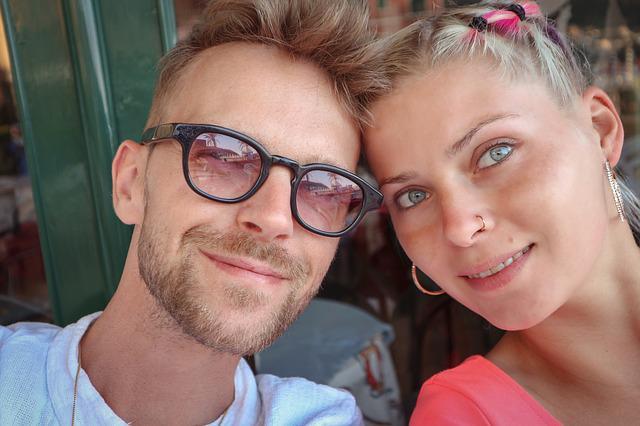My husband and I are retired – yay! We are enjoying a permanent gap year, something that we, as Midwestern teens, didn’t know existed.
A gap year was something that well-heeled kids did—backpacking through Europe as a sort of graduation gift from their parents. Experiencing free-wheeled life before the obligations of college, then career.
 Well-heeled is the operative word in the equation.
Well-heeled is the operative word in the equation.
Neither my husband nor I had wealthy parents to fund a year off to sow wild oats. In the middle of the country, this tradition didn’t exist. Further, my parents would never have allowed me to travel – alone or in a pack – because I was female.
How could we have experienced burnout when our adult lives had just begun?

Some have conceived of Covid’s Quarantine as two enforced gap years. While it was necessary for world health reasons, the social-education gap was detrimental to school-aged children, business owners, and people who required work with salaries to pay for food, car, and house payments. Well, to all of us, especially those who lost loved ones to the disease.
We can’t recover from those years, so we must move on. It’s de rigor.
A sabbatical – previously the paradigm for a college professor or a pastor – is what anyone can need, even employed people now. Especially those who’ve been backed into doing the work of two people. Those people are burnt out.
A sabbatical doesn’t have to be in response to a problem, however. When viable, it can be a productive investment in oneself. It’s what my husband and I did as ritual and tradition to avoid burnout in our other-directed roles. He, as a sales and marketing manager, and I as a speech-language pathologist. Interface with people in crisis is demanding. While one must provide optimal empathy and fundamental problem-solving skills, one had to be mindful not to fall into the pits with the client and company/parents.


Recent Comments